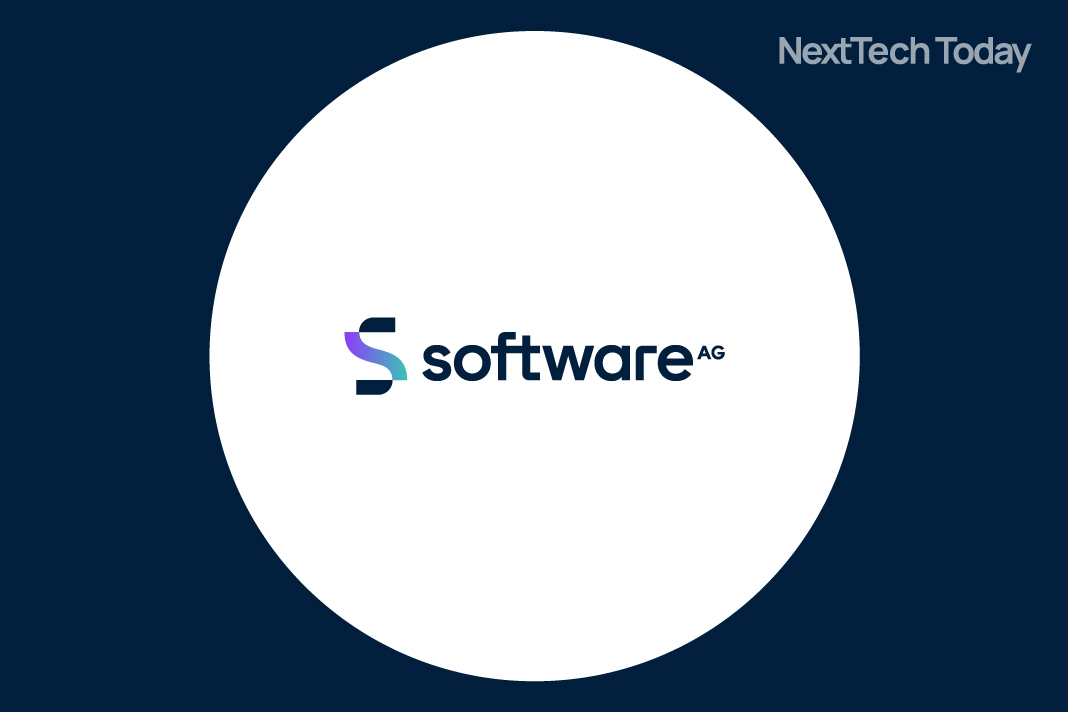How Software AG’s groundbreaking Super iPaaS revolutionizes data integration, AI-driven automation, and global governance. Learn why this advanced platform is set to transform enterprise IT infrastructures, unlocking the full potential of data for businesses.
If you have experience developing or bringing new products to market, you understand the complexity involved in launching a new product—especially when it is truly innovative.
You may already be familiar with the traditional infrastructure Platform-as-a-Service, which provides foundational capabilities for integrating applications and enterprise data across multiple computing environments. However, traditional iPaaS sometimes falls short when supporting complex integrations, advanced data management, real-time processing, and AI and ML capabilities. Super iPaaS addresses all this and more with enhanced features for refined API management, AI-driven automation, hybrid multi-cloud integration, and global governance—all through a unified user interface. This is more than just an integration platform; it’s an all-inclusive solution designed to address the nuances and evolving needs of enterprise IT infrastructures while unlocking the true value of data for your business.
Software AG’s Background
Software AG, founded in 1969 and headquartered in Darmstadt, Germany, is a software maker with a worldwide presence. The company specializes in developing enterprise software for data integration, process management, analytics and other critical IT needs. These solutions enhance efficiency and agility to support digital transformation efforts for even the largest organizations. Software AG delivers IoT, iPaaS, Super iPaaS, and microservices functionality through its enterprise products, StreamSets and webMethods.io.
IPaaS Versus Super IPaaS
The short version is that iPaaS enables the connection of diverse data sources and systems to meet an organization’s integration objectives while minimizing the need for in-house development and maintenance. The utility of iPaaS extends to integrating various cloud and on-premises applications via API management and data mapping. Users of all skill levels benefit from having access to low-code or no-code customization, although more technical advanced tooling options are also available.
These functions are highly useful, but Super iPaaS goes further in many different respects. For example, traditional iPaaS facilitates data sharing among various systems using manually mapped data fields and basic automation scripts to update data at scheduled intervals. By contrast, Super iPaaS uses automated data mapping and real-time synchronization powered by AI, which ensures immediate and accurate data exchanges.
Super IPaaS Features And Benefits
I’ve had the opportunity to dig deeper into Software AG’s Super iPaaS approach. I like how it focuses on data as a central asset for any organization. The platform has a single user-friendly interface, simplifying task management, and it places high importance on security and compliance, for example, by implementing enhanced protocols such as end-to-end encryption for data protection. Finally, its advanced intelligence, driven by machine learning, enables it to generate insightful predictive analytics, facilitating data-driven decision-making.
So, how does it work in real life? One example came when Software AG used Super iPaaS to examine Formula 1 racing data and application interactions to provide drivers and fans with more information for a better real-time experience on race day. Meanwhile, industrial machinery maker Komatsu used Software AG’s new platform to modernize its legacy systems by connecting them in a large-scale hybrid integration.
Challenges Of Adopting Super IPaaS
As with any significant shift in IT architecture, adopting the Super iPaaS platform can present some challenges for organizations. Migrating and integrating diverse systems is a complex and demanding process, requiring time, expertise, and effort. Operational hurdles include costs for platform expenses, the time and costs of training, the need for skilled professionals to implement and operate the system and the potential workflow disruptions that can come during any technology transition. Integrating multiple applications and data sources also raises security and compliance issues that must be handled well. Beyond that, internal resistance to change can always hinder technology adoption, so thoughtful change management is vital. Organizations addressing these challenges should take a strategic approach, including sufficient messaging, training and support to ensure a smooth transition.
Conclusion
Software AG has taken the initiative to magnify and improve iPaaS into Super iPaaS, aiming to become an innovator in this new category. It looks to me like a savvy bet on where IT is heading. From my perspective, Super iPaaS stands to meet an important need for enterprises with its advanced integration capabilities that harness the power of AI and machine learning. The platform effectively improves everything from reducing data errors to elevating security through real-time threat detection. Super iPaaS will be especially appealing for industries that face large data volumes, complex integration needs and stringent security or compliance requirements. I’m thinking about technology, finance, healthcare, manufacturing and telecom.
When evaluating the potential ROI that Super iPaaS can provide via improved operational efficiency, cost savings, better decisions, accelerated revenue growth and a stronger competitive position, businesses should focus on measuring key performance indicators linked to costs, revenues, efficiency and customer experience. I think many will find that Super iPaaS represents more than an upgrade; it signifies a transformative shift in how IT organizations think about their infrastructures.



